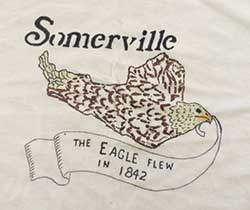
Eagle Feathers #245 – Washington’s Offering
By Bob (Monty) Doherty
It was originally called The Badge of Military Merit. It was a decoration consisting of a purple, heart-shaped piece of cloth edged with a narrow binding of silk or lace. The word “merit” was stitched across its face. These badges were created in 1782 near the end of the Revolutionary War by General George Washington. They were to identify singularly meritorious action in his army by the lower ranks of Sergeant and below.
This was unknown in other countries. He felt that proof of courageous daring was essential. The emblem was fastened above the left breast of the recipient’s uniform and allowed the possessor to pass sentries and guards unchallenged as an officer would be. Only three were awarded during the Revolution and all to Sergeants. This to Washington was democracy in action.
*
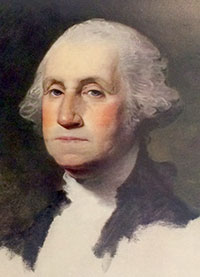 *
*
As time went by and despite attempts of revival, the practice was not prevalent again for 150 years. On February 22, 1932, George Washington’s 200th birthday, General Douglas MacArthur’s renewed undertaking helped create the Order of the Purple Heart, the oldest American decoration for military merit.
The medal has been continuously presented to members of the United States Armed Forces who were killed or wounded in action against the enemy after our entrance into World War I. As of today, over one million eight hundred thousand Purple Hearts have been awarded since 1932. The first Purple Heart medal was awarded to General MacArthur for injuries sustained during World War I and for his revival of the Order of the Purple Heart.
*
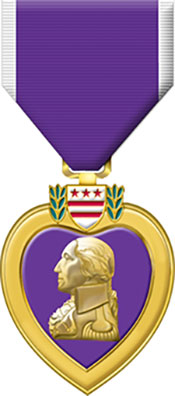 *
*
After 150 years in 1932, a new design was warranted. Miss Elizabeth Will, an Army heraldic specialist in the Quartermaster General’s Office, was chosen to redraft the recently revived medal. It then became known as the Purple Heart. Her creation was the present day golden bust and profile of General Washington on an enameled purple heart, surmounted with his coat of arms.
Through the years, many notables earned the Purple Heart:
- Rod Serling – Screenwriter, playwright, television producer best known for the television series The Twlight Zone
- James Garner – American actor and producer
- Charles Bronson – American actor known for his portrayal of tough guys
- James Arness – American actor known for the television series Gunsmoke
- Audie Murphy – One of the most decorated soldiers of WWII and actor
- Ted Williams – Boston Red Sox’s player and one of the greatest hitters in baseball history. The Purple Heart recipient interrupted his famous baseball career twice to serve as a Marine Corps pilot during World War II and Korea. One of Boston’s major traffic tunnels is named after him.
Out of the many Somerville-related Purple Heart receivers, some notables are:
*
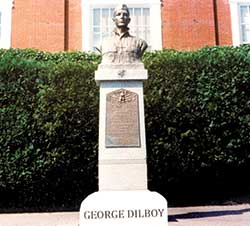 *
*
- Private George Dilboy – Medal of Honor winner
- Sergeant Henry O. Hansen – Iwo Jima Flag Raiser
*
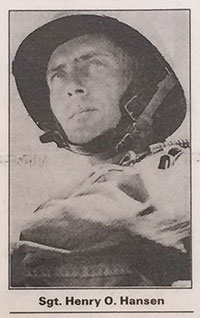 *
* - James Miller – Prospect Hill’s sixty-five-year-old heroic Revolutionary Minuteman who said, “I’m too old to run!” Since the Purple Heart goes back to the very beginning of the Revolutionary War, Miller would be eligible for the honor.
*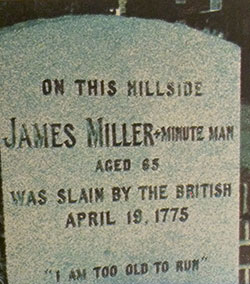 *
* - Captain Nathan Hale – Winter Hill’s Ranger who said, “I only regret that I have but one life to lose for my country.” He would also be eligible for the honor.
- Lieutenant John F. Kennedy – America’s 35th President and Somerville Congressman. He was the only President to receive the Purple Heart.
*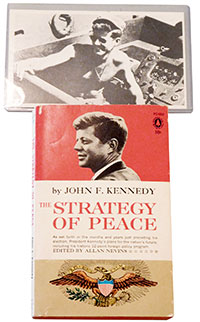 *
*
Today, all fifty of our states, Guam and Puerto Rico remember these Purple Heart veterans through walking trails, highways, and parks. They are dedicated to these heroes throughout the United States who were honored by Washington’s offering.


















Bob, I’ve been enjoying your historical facts, thanks for writing them.
I wonder whether you know a couple of books I could read to learn about the criminal underworld (e.g., gambling, piracy, prostitution, extortion) in Somerville or Boston circa the 1880s?